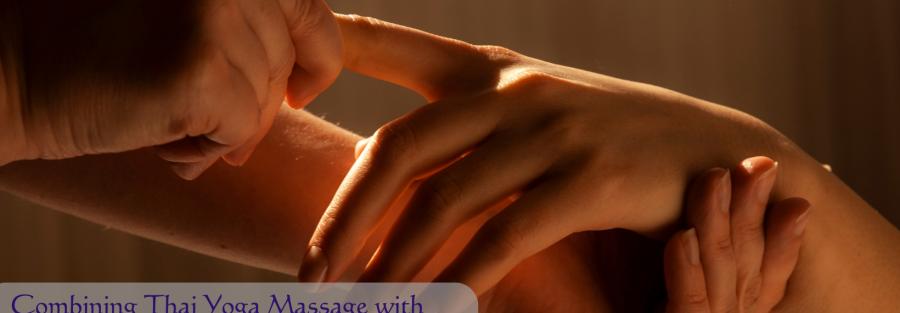Combining Chavutti Thirummal with Yoga: A Synergistic Journey to Holistic Wellness
In the quest for optimal well-being, venturing beyond individual practices can unlock a world of transformative possibilities. Two ancient traditions, Chavutti Thirummal and yoga, offer a powerful synergy when combined. This blog delves into the unique benefits of both practices and explores how integrating them creates a holistic approach to physical, mental, and emotional well-being.
Unveiling the Power of Yoga: A Journey of Mind, Body, and Spirit
Yoga, an ancient Indian practice, encompasses a holistic approach to well-being. It combines physical postures (asanas), breathing exercises (pranayama), meditation, and ethical principles (yamas and niyamas) to create a path to inner peace and optimal health.
Benefits of Yoga:
- Improved Flexibility: Regular yoga practice promotes greater flexibility in the muscles and joints, enhancing range of motion and reducing stiffness.
- Enhanced Strength: Yoga postures can build strength and stability throughout the body, improving physical capabilities and posture.
- Stress Reduction: Yoga’s focus on breathwork and meditation techniques promotes relaxation, reduces stress, and fosters inner peace.
- Increased Mindfulness: Yoga encourages present-moment awareness, promoting focus and emotional well-being.
- Detoxification: Certain yoga postures can stimulate the lymphatic system, aiding in the elimination of waste products.
The Footpath to Wellness: Unveiling Chavutti Thirummal
Chavutti Thirummal, literally translating to “foot pressure massage” in Malayalam, is a unique Ayurvedic massage technique. Unlike traditional hand massages, Chavutti Thirummal utilizes the therapist’s feet to deliver deep tissue work across the body.
Benefits of Chavutti Thirummal:
- Deep Tissue Release: The therapist’s feet can access deeper muscle layers, aiding in relieving chronic tension and muscle knots.
- Improved Flexibility: The long strokes and pressure points targeted in Chavutti Thirummal can enhance range of motion and joint flexibility.
- Enhanced Circulation: The rhythmic footwork can stimulate blood flow, promoting oxygen and nutrient delivery throughout the body.
- Detoxification: Chavutti Thirummal may stimulate the lymphatic system, aiding in the elimination of waste products and toxins.
- Stress Reduction: The deep pressure and focused movements can induce relaxation, promoting a sense of calm and well-being.
A Synergistic Union: Combining Chavutti Thirummal and Yoga
When you combine Chavutti Thirummal with yoga, the benefits multiply, creating a well-rounded approach to wellness. Here’s how they work together:
- Enhanced Flexibility: Chavutti Thirummal’s deep tissue work can prepare the body for yoga postures by loosening tight muscles and improving flexibility. This allows for deeper and more comfortable yoga practice.
- Stress Reduction: Both practices promote relaxation and stress reduction. Combining them can create a powerful calming effect, fostering inner peace and emotional well-being.
- Improved Circulation: Chavutti Thirummal’s rhythmic footwork complements yoga’s focus on breathwork, further enhancing circulation and promoting optimal delivery of oxygen and nutrients throughout the body.
- Detoxification: Chavutti Thirummal’s potential to stimulate the lymphatic system can be further amplified by yoga postures that target detoxification pathways.
- Mind-Body Connection: Both practices emphasize the mind-body connection. Combining them can foster a deeper sense of awareness and connection within oneself.
Creating Your Holistic Wellness Journey: Integrating Chavutti Thirummal and Yoga
Here’s how you can start integrating Chavutti Thirummal and yoga into your routine:
- Start with Yoga: Begin with a regular yoga practice, focusing on postures that target flexibility and stress reduction.
- Introduce Chavutti Thirummal: Once comfortable with yoga, consider incorporating a Chavutti Thirummal session once or twice a week.
- Listen to Your Body: Always honor your body’s limitations. Modify yoga poses or communicate any discomfort to your therapist.
- Seek Guidance: Consult with a qualified yoga instructor to create a personalized practice that aligns with your needs and goals.



